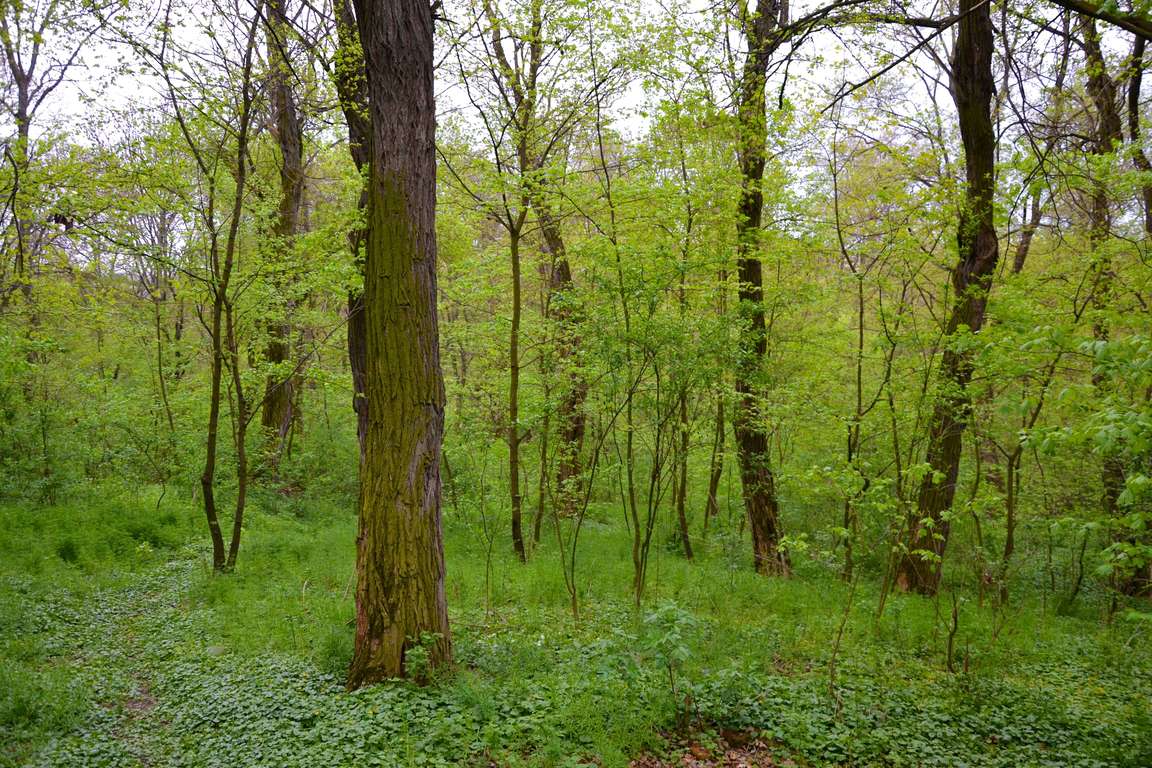

The European Information System on Forest Genetic Resources (EUFGIS) provides geo-referenced and harmonized data on genetic conservation units of forest trees in Europe.
The identification and conservation of the forest genetic resources is the first step of any modern improvement program.
Currently, forests cover 12.7% of the territory of the Republic of Moldova. Most of the area occupied by forests (87.2%) is owned and managed by the state, the remaining 12.2% belong to communes and just 0.6% of forests belong to private owners. Even though it is a relatively insignificant participation, the number of private owners is continuously growing.
In spite of the small territory occupied by forests (419.100 ha), the forest vegetation is rather diversified. Twelve “zonal” and six “azonal” types of forest were recognized (Gheideman et al. 1964, Postolache 1995).
The natural forests consist of broadleaves of the Central European type. Deciduous species cover 97.8% while conifers – 2.2%. The main and most valuable species are: pedunculate oak (Quercus robur), sessile oak (Quercus petraea), pubescent oak (Quercus pubescens) and beech (Fagus sylvatica). Beech is found in the north-western part of the 'Codrii' natural reserve in the central part of the Republic of Moldova and is considered the eastern border of the natural range in Europe (Borza 1937, Soceava, Lipatova 1952, Gheideman 1969).
A significant contribution for the conservation of forest genetic resources in the Republic of Moldova is brought by four natural scientific reserves: 'Codrii', 'Plaiul Fagului', 'Padurea Domneasca' and 'Prutul de Jos'. Each of these structures is destinated to maintain and recover the natural habitats of the plants specific to these areas. The conservation of these forests requires a good and rational natural regeneration. In the application of natural regeneration, priority is given to stands which consist of native species, thus contributing to gene conservation.
The Republic of Moldova has a network of genetic resources, of which elements are intended to provide a production of forest reproductive material of superior quantity and quality and of known provenance. According to the data provided by 'Moldsilva' Agency, the Republic of Moldova has 1401.9 ha of seed sources stands, 57.8 ha of seed orchards, 5 ha of clone archives, 17.2 ha of pedunculate oak geographical cultures (ex situ conservation) and 713.2 ha of genetic reserves.
Currently, the country is undergoing a process of development of a national catalogue of basic materials and it is proposed to expand the network of forest genetic conservation units. Furthermore, a study is being conducted on delimitation of the national territory in regions of provenance for the main forest tree species.

Populus nigra Network: Report of the third meeting

Populus nigra Network: Report of the seventh and eighth meeting

Populus nigra Network: Report of the fourth meeting

Social Broadleaves Network: Report of the first meeting

Social Broadleaves Network: Report of the third meeting